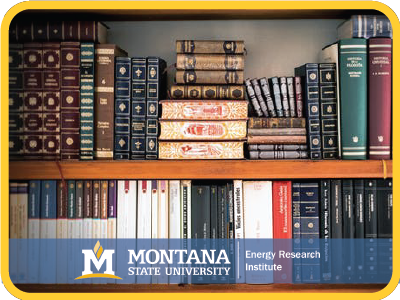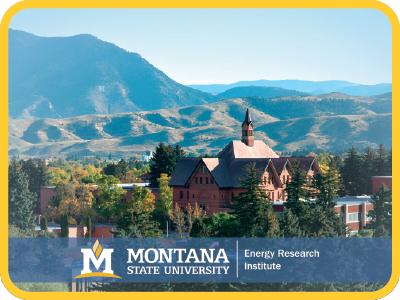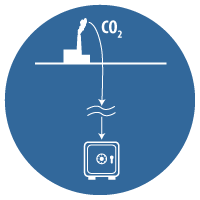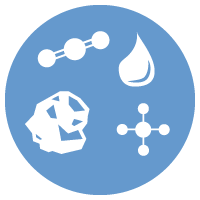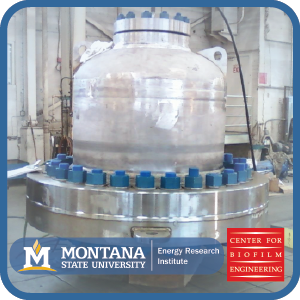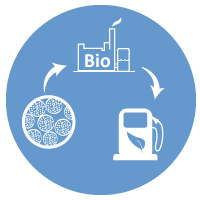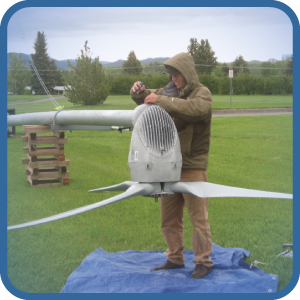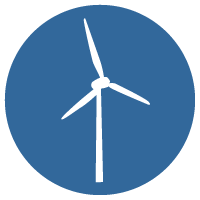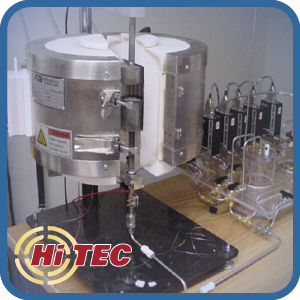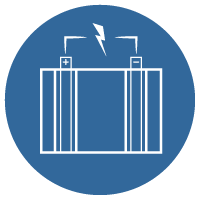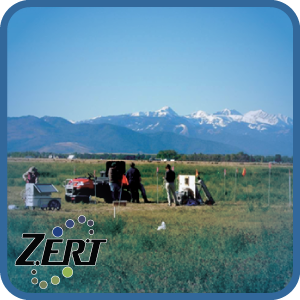Energy Research Institute Projects
ERI performs a wide variety of research ranging from very fundamental studies to understand mechanisms of how material perform, to very applied studies that develop energy relevant technologies at the bench scale and transition them to the field.
Projects investigate a wide variety of fields ranging from ultrafast studies of photoinduced charge separation relevant to solar cell development to composite materials for wind turbine blades to development of methods to speed algae harvest times for biofuels. There is also large variation in the size of projects and in the number of personnel involved.
In order to provide insight into the breadth and depth of ERI research, we provide links to all active energy grants and recent publications and the links below highlight several projects, some active and some completed, that produced valuable information to the energy research community.
Big Sky Carbon Sequestration Partnership
The overall purpose of DOE’s Regional Carbon Sequestration Partnership program is to develop a collaborative research network to help develop the technology, infrastructure, and regulations needed to implement large-scale carbon dioxide (CO2) capture and storage opportunities across the country.
Mineralization Technologies
MSU researchers in the Energy Research Institute in collaboration with the Center for Biofilm Engineering have devised a strategy to plug small flow pathways in wellbores and in subsurface cement and rock. The strategy involves using an enzyme as a catalyst to form calcite minerals in the flow pathway.
Wind Applications Center
Montana State University, Kansas State University, the University of Nebraska-Lincoln, Boise State University, South Dakota State University, and Colorado State University were the first six National Renewable Energy Laboratory (NREL) designated Wind Application Centers (WAC) in the nation.
High Temperature Electrochemistry Center
The High Temperature Electrochemistry Center (HiTEC) was a multidisciplinary research collaboration funded by the U.S. Department of Energy focused on Solid Oxide Fuel Cells (SOFCs). SOFCs operate at high temperatures and can use lower cost metals (nickel) for a catalyst as opposed to low temperature fuel cells which use platinum.
The Zero Emission Research and Technology Collaborative
ZERT was a US Department of Energy funded project (award numbers DE-FC26-04NT42262, DE-FE0000397) focusing on basic science and technology development relevant to geologic carbon sequestration. The effort was directed by Lee Spangler at MSU.

